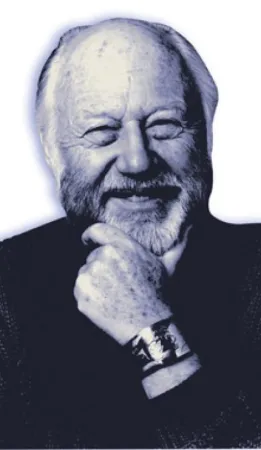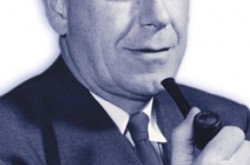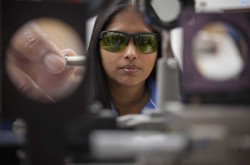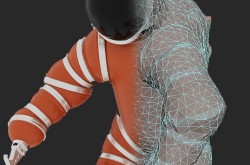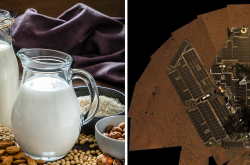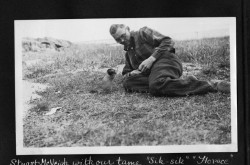Michael Smith brings Canada to the forefront of genetic technology
This article was originally written and submitted as part of a Canada 150 Project, the Innovation Storybook, to crowdsource stories of Canadian innovation with partners across Canada. The content has since been migrated to Ingenium’s Channel, a digital hub featuring curated content related to science, technology and innovation.
Bryson Masse
At age 11, Michael Smith did remarkably well in his eleven plus exam – a test administered in England that separates the top 20 per cent of students from the rest. Those in this small category could receive a higher academic education that the others could not. Smith’s option was the Arnold School for Boys. But going to this school meant losing his old friends, eating war-time lunches and playing sports he had no interest in. Luckily for us, Smith did choose to go – a move that sent him down a path that would lead to a Nobel Prize and a spot in Canadian history.
Born in England in 1932, Smith is remembered for his contributions to the field of genetics, biochemistry and his invention of a method to synthesize DNA, the fundamental blueprint of our biology. He worked with Har Gobind Khorana, a successful biochemist, at the British Columbia Research Council in Vancouver. Later, Smith’s expertise was used to predict what effect a mutation of a gene would produce. This incredible knowledge was what earned his share in the 1993 Nobel Prize in Chemistry for his work in inventing ‘site-directed mutagenesis.’
Smith was later called on to lead institutions like the Centre for Molecular Genetics and the Canadian Institute for Advanced Research’s Genome Sequence Centre. These efforts would cement Canada’s role in the Human Genome Project. Smith was inducted to the Canadian Science and Engineering Hall of Fame in 1998. He died only two years later.
Transcript
Michael Smith, CC, OBC (26 April 1932 4 October 2000) was a British-born Canadian biochemist who was the 1993 Nobel Prize winner in Chemistry.
Smith received the Prize for his fundamental contributions to the establishment of oligonucleotide-based site-directed mutagenesis, first published in 1978,[1] and its utility in both genetics and protein studies, as well as genetic engineering. The prize was awarded jointly to Smith and Kary Mullis, who had invented the Polymerase Chain Reaction independently of Smith's work.
Born in Blackpool, England, Smith received his PhD in 1956 from the University of Manchester. He went on to do post-doctoral work in Gobind Khorana's Laboratory at the University of British Columbia, Vancouver, Canada. He remained at the University of British Columbia from 1956 until his death in 2000.
In 1987 he became the Director of the University of British Columbia Biotechnology Laboratory.
Honours
In 1994 Michael Smith was made a Companion of the Order of Canada.
In 2001 the Michael Smith Foundation for Health Research was founded and named after him.
In 2004 the UBC Biotechnology Laboratories were renamed the Michael Smith Laboratories in his honour.
Canada's Michael Smith Genome Sciences Centre is named in his honour.
Also in 2004 the new biological sciences research centre at The University of Manchester was named the Michael Smith Building.



